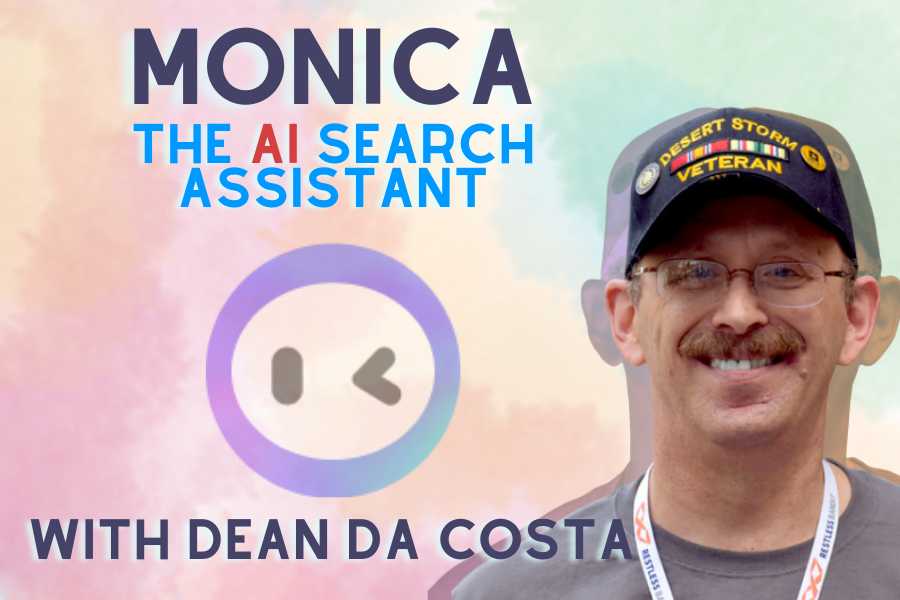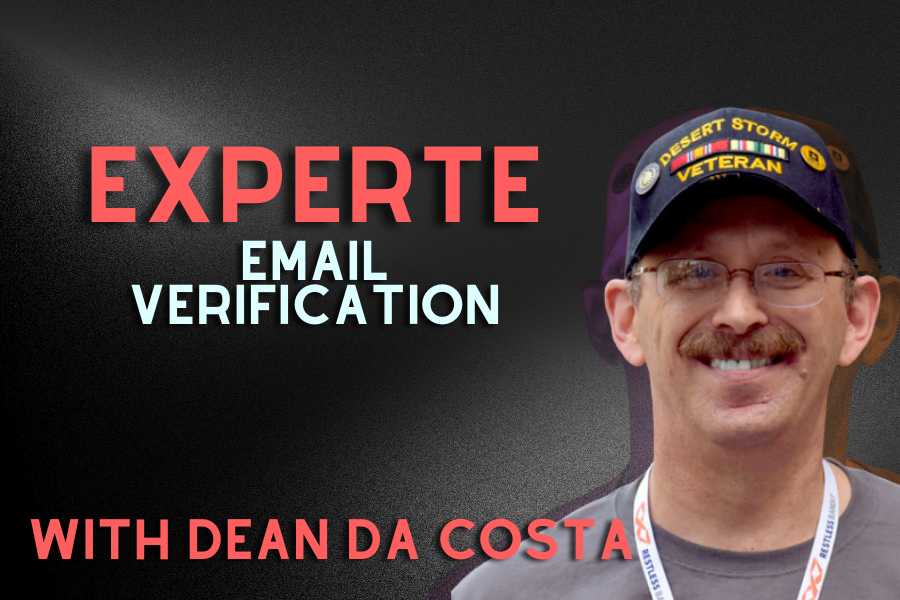In an early 2023 survey, a staggering 96% of workers reported that they would be looking for a new job during the first quarter. In such a volatile hiring landscape, HR professionals and recruiters need to be on their guard for job-hoppers—people who change jobs multiple times in a short period of time.
What is job-hopping, why do people do it, and how can recruiters avoid the negative consequences of this trend (like high turnover and increased overhead spending)?
Job-Hopping 101
Job-hopping is a relatively straightforward practice. The term job-hopper can be generally defined as someone who changes careers approximately every seven to eighteen months.
While job-hopping certainly applies to people who have resigned frequently, it can also refer to workers who have been terminated from jobs repeatedly in a short time frame. And, while job-hopping has become a more standard practice among today’s workforce (for reasons detailed in the next section), recruiters should still be wary of frequent position changes. This behavior can be a red flag.
Job-hopping has the potential to significantly impact your business because:
- Recruitment, onboarding and training costs money – Hiring new employees is an investment—one that, ideally, pays off in employee productivity and performance. But when companies invest in recruiting, onboarding and training a new employee only for them to resign in six months, they may not receive a return on their investment.
- Job-hoppers can impact morale – If a job-hopper shares their justifications for leaving a company with their co-workers, those employees might develop a newfound negative outlook on their employer—and may even choose to leave.
- Revenue is often tied to worker productivity – For small businesses in particular, even one employee departure can interrupt productivity—the key to revenue generation in many industries.
3 Reasons for Job-Hopping in 2023
Why has job-hopping become such a phenomenon in the early 2020s? Some potential reasons could be that job-hoppers don’t do their homework on the jobs they accept, they get bored easily, they’re unwilling to put in the time it takes to learn their role, they feel like they aren’t growing or they’re let go job after job.
Let’s explore some of these motivations for job-hopping in more detail.
1. Dissatisfaction at Work
Whether they’re new to the practice or have a long history of frequent job changes, many job-hoppers simply aren’t satisfied with their current workplaces. This might look like:
- Boredom – If an employer doesn’t invest in upskilling or professional development to challenge workers with new tasks, those workers simply might get bored with their day-to-day routines.
- Resentment – Perhaps a job-hopper has been passed over for a promotion one too many times. There are many reasons why workers might be quick to resent their employer or colleagues and, as a result, want to depart in search of other opportunities.
- Opinions not valued – Workers who want to contribute and feel valued, often want their opinions or ways of doing things to be taken into consideration by their managers or peers. If there is no follow up or implementation of their suggestions, they may feel that they are not being listened to and decide to seek alternative employment.
2. Salary and Benefits
The 2023 survey cited above found that over 40% of people planning to leave their jobs in Q1 were looking for an income boost due to rising expenses. A late 2022 survey by PBS NewsHour made similar observations, noting that:
- 46% of survey participants who left their jobs in late 2022 made less than $75,000 a year
- Only 33% of survey participants who found new jobs in late 2022 reported making more than $75,000 a year at their previous jobs
The message is clear: job-hoppers are often motivated by financial gain. If your business doesn’t offer competitive pay or benefits packages on-par with industry standards in your area, you might become the target of job-hoppers on their journey to better pay.
3. Unfortunate Circumstances
Of course, people are still leaving their jobs and finding new ones for age-old reasons—circumstances outside of employees’ and employers’ control.
There are some unfortunate situations that may just be bad luck for the candidate that force them to leave, but these aren’t necessarily their fault. These could be management changes, a company relocation, an employee’s relocation, illness and other circumstances.
While some of these can be mitigated by innovative employee retention strategies, some employees simply won’t (or can’t) stay on the payroll if the workplace or their personal lives change too drastically.
Preventing Job-Hopping: Tips from Recruiters
In the face of the growing job-hopping trend, what can recruiters and stakeholders do to prevent high turnover, revenue loss and workplace culture impacts?
Rigorous Interviewing
Usually, when a company hires someone who turns out to be a job-hopper, the candidate is a great interviewer and can talk their way around reasons for leaving their past positions. The recruiter has to dig deeper into why the candidate left their previous jobs to determine whether or not those reasons are justified.
In a job-hopper-friendly market, HR professionals and recruiters simply must vet their candidates more rigorously than perhaps they have in the past. Today’s hiring teams should consider strategies like
- Long interview processes – Multi-session interviews, take-home assignments and interviews across multiple platforms (i.e., conducting phone, Zoom and in-person interviews with all candidates) can provide a litmus test for a candidate’s commitment to your open position. If they stick around for the entire interview process, they’re likely invested in getting an offer.
- Innovative interview formats – Group interviews, test pitches and on-the-job practical tests might present new challenges for candidates and help recruiters find the best possible employees. Job-hoppers who only intend to stay on the team for six months might be put off by jobs with high barriers to entry.
Reference-Checking
The best way to squash potential red flags is by investigating references. If you’re interviewing someone with numerous recent job changes, it is best to get references from each of their past employers to gain more insight on why they left each job.
Contacting references can help recruiters flush out whether or not a candidate has a high potential for job-hopping. But, interviewers should also be prepared to ask these references the right questions about the candidate, like:
- How did the candidate interact with management and the rest of the team?
- Was the candidate invested in their work?
- Did the candidate take initiative in their job?
- Was the candidate on time for work?
- Did the candidate take accountability for their tasks?
References are a highly valuable resource for recruiters. Use them to your advantage to learn as much as you can about candidates—and gauging their likelihood of an early departure—before making an offer.
Prevent Job-Hopping and Build a Stronger Workplace Culture
In a job market where employees are constantly on alert for better advancement opportunities, increased pay, and new workplace challenges, recruiters must be vigilant against job-hopping—frequent job changes in an employee’s work history.
Investing in substantive interviewing and thorough reference-checking can help recruiters and stakeholders find long-term, quality talent in a volatile job market. While these tactics can help prevent companies from hiring habitual job-hoppers, they can also raise the bar and help uncover better hires.
At the end of the day, companies need to hone in on their recruitment practices to find candidates who are worth the business’s investments in talent searches, onboarding and training. Employers want to invest in their employees—but they simply can’t afford to if those employees aren’t going to stay long-term.

















